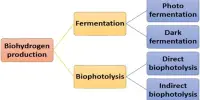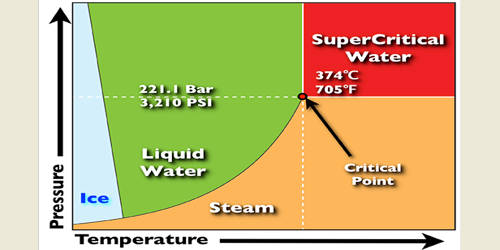The biochemical changes that occur in a body after death are referred to as post-mortem chemistry. It is a subdiscipline of chemistry that investigates the chemical structures, reactions, processes, and parameters of a dead organism. It is also known as necrochemistry or death chemistry. When an organism dies, a variety of physiological and chemical processes continue, resulting in changes in the composition of tissues and fluids. These modifications have significant implications for forensic science, pathology, and the understanding of death and decomposition.
Post-mortem chemistry is important in forensic pathology. In determining the cause of death or elucidating forensic cases, biochemical analyses of vitreous humor, cerebrospinal fluid, blood, and urine are important.
Here are some key aspects of post-mortem chemistry:
- Rigor Mortis: Rigor mortis, or muscle stiffness, is one of the first post-mortem changes. This happens due to a lack of ATP (adenosine triphosphate), which is required for muscle contraction. Muscles become stiff as ATP levels fall. Rigor mortis typically begins a few hours after death, peaks at around 12 hours, and then gradually resolves over the next 48 to 72 hours.
- Livor Mortis: Blood settles in the lower parts of the body after death due to gravity, resulting in livor mortis or post-mortem hypostasis. This causes a reddish-purple discoloration of the skin in the dependent areas. The pattern of lividity can reveal information about the location of the body after death.
- Decomposition: Decomposition is a complex process involving the breakdown of tissues by enzymes and bacteria. This process releases various gases and substances, contributing to the characteristic odor associated with decaying bodies. The stages of decomposition include autolysis (self-digestion by enzymes), putrefaction (bacterial action), and skeletonization.
- Chemical Changes in Body Fluids: Various chemical changes occur in body fluids after death. For example, the pH of the blood and other bodily fluids changes, and the concentration of certain ions may fluctuate. These changes can impact the stability of drugs and toxins in the body.
- Biochemical Markers: The analysis of biochemical markers in blood, urine, and other tissues after death can provide important information about the cause and time of death. Certain enzymes, such as creatine kinase and amylase, can be measured to assess post-mortem interval and identify specific conditions.
Forensic Application
In forensic investigations, understanding post-mortem chemistry is critical. Post-mortem changes analysis assists forensic scientists in estimating the time of death, identifying potential causes of death, and distinguishing between ante-mortem and post-mortem injuries.
















